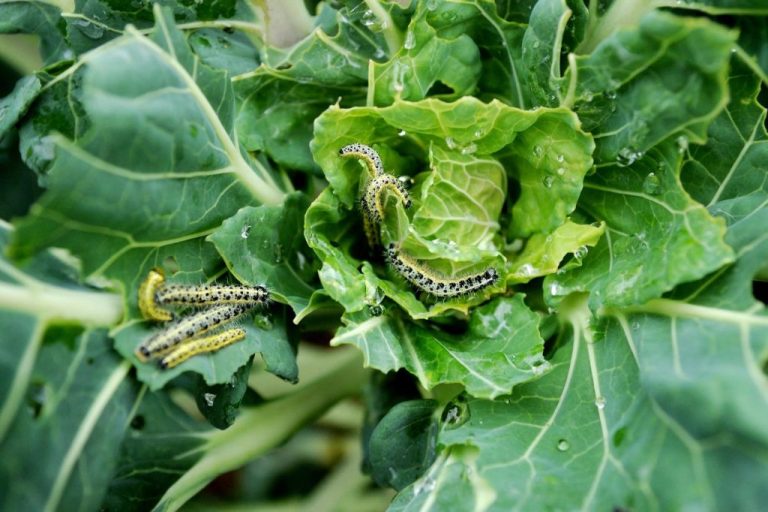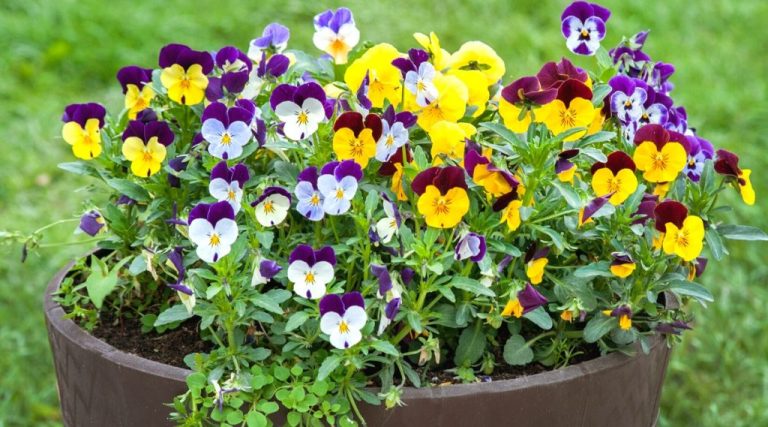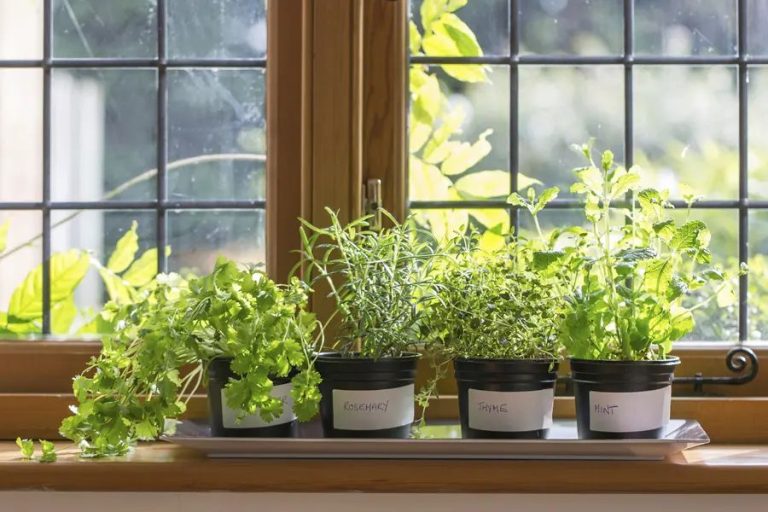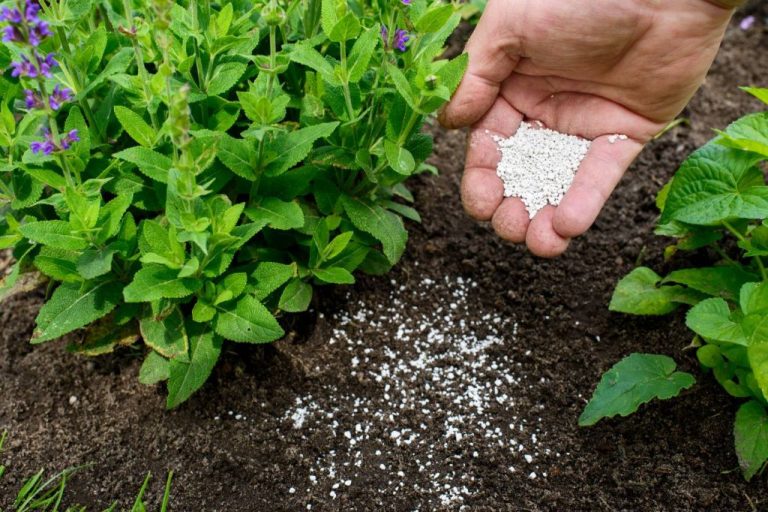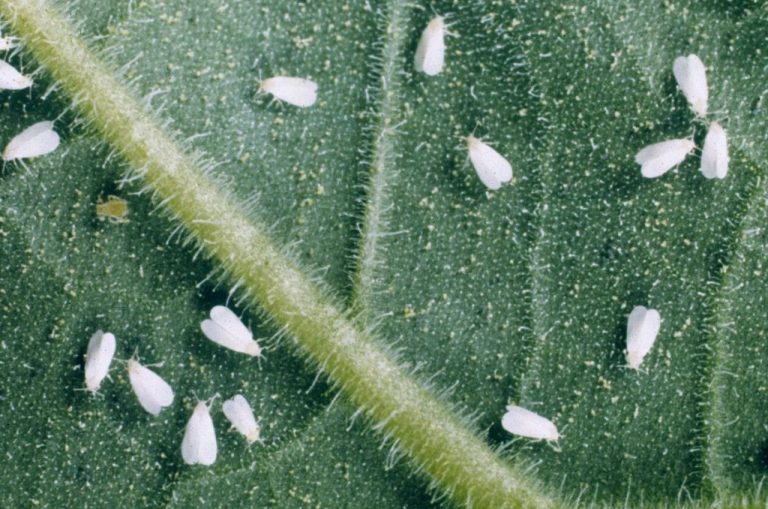Fall Garden Composting: Recycling Garden Debris
Composting is the process of recycling organic material, such as leaves, grass clippings, and food scraps, into a valuable soil amendment called compost (https://www.nrdc.org/stories/composting-101). Compost is a dark, crumbly, earthy-smelling material that provides essential nutrients for plants to grow. Some key benefits of composting garden debris include reducing landfill waste, improving soil structure, enhancing plant growth, conserving water, and providing free fertilizer.
In this guide, we will cover the various materials that can and cannot be composted, different composting methods to choose from, compost bin options, how to build and maintain a compost pile, troubleshooting tips, and how to use finished compost in your garden. With a little knowledge and effort, you can turn yard trimmings and food scraps into “black gold” for your garden using the natural process of composting.
Materials You Can Compost
There are many different types of organic materials that can be composted at home in order to enrich your garden soil. The key materials to compost are called “greens” and “browns”.
“Greens” include nitrogen-rich materials like:
- Fruit and vegetable scraps
- Coffee grounds and filters
- Tea leaves
- Fresh grass clippings (in moderation)
- Annual flowers
- Herbivore manure
“Browns” provide carbon and include materials like:
- Dried leaves
- Straw
- Sawdust
- Wood chips
- Shredded paper
- Cardboard
A balance of greens and browns is ideal for effective composting. Other compostable materials include egg shells, corn cobs, nut shells, and more. It’s best to avoid composting meat, dairy, oils, and pet waste which can cause odor issues.
Materials to Avoid
Certain materials should not be added to your compost pile. Adding diseased plant materials can spread disease to your compost and later to your garden. Meat, fish, bones, and fatty foods like dairy products, cooking oil, and grease can attract pests and rodents. Pet waste can contain harmful bacteria and pathogens. Treated wood contains chemical preservatives that you don’t want entering your soil. Other unsuitable materials include weeds that have gone to seed, black walnut tree leaves or twigs which contain a substance that prevents plants from growing, and coal ash which contains heavy metals.
Here are some common items to keep out of your compost pile:
- Diseased plant material 1
- Meat scraps, fish, bones 2
- Fats, oils, grease, dairy products
- Pet waste
- Weeds with mature seeds
- Black walnut leaves or twigs
- Coal ash
- Treated wood
Composting Methods
There are several common methods for composting garden debris and food waste. The key methods include:
Compost bins or containers – This involves using some type of enclosed bin, tumbler, or container to hold the compost materials while they break down. Bins come in a variety of shapes and sizes. They help contain the compost and retain moisture and heat to speed up decomposition. Containers work best for smaller backyard composting systems. (https://www.epa.gov/sustainable-management-food/approaches-composting)
Compost piles – For larger composting systems, many home gardeners and farms build open compost piles. The key is constructing the pile properly, by layering compost materials, aerating the pile, and managing the moisture. Turning or mixing the pile periodically provides additional aeration to speed decomposition. Piles work well for larger volumes of yard waste. (https://directcompostsolutions.com/8-methods-composting/)
Trench composting – This involves digging trenches in the garden and filling them with compost materials over time. The trenches can be dug out when the compost is finished. Trench composting helps compost directly in the vegetable garden beds. It keeps the compost more contained and holds in moisture.
Vermicomposting – This method uses worms to break down food waste and other organic materials into an nutrient-rich compost. Red wiggler worms are commonly used. They are placed in bins along with shredded waste. The worms break down materials faster than other passive composting methods.
Choosing a Method
When deciding which composting method to use, there are several factors to consider:
Available space – Some methods like compost piles, bins, and tumblers require more yard space than indoor worm bins or Bokashi systems.
Time and effort – Turning compost piles or tumblers regularly accelerates decomposition but requires more labor. Passive compost piles require less maintenance.
Materials – Certain methods work better for different ratios of green and brown ingredients. Piles suit mostly yard waste, while worm bins take food scraps.
Climate conditions – Exposed outdoor piles thrive in warm, moist climates but won’t break down well in cold or very dry areas.
Budget – Building your own compost bin is cheap, while buying a tumbler can cost over $100. Vermicomposting systems also require some investment.
Aesthetics – Neat compost tumblers or bins help keep piles tidy and deter pests. Messy open piles work for more rural yards.
According to Compost Magazine, the optimal method depends on your unique situation. Consider these factors to determine the best approach for your space, time, and needs.
Compost Bin Options
There are several types of compost bins to choose from, each with their own pros and cons. Some key factors to consider when selecting a compost bin are size, material, and style.
Stationary compost bins are designed to sit in one spot. They come in a variety of materials like plastic, wood, or metal. Plastic bins like the Soil Saver Classic are often the most affordable option. They provide good insulation to retain heat and moisture. Wooden bins allow airflow but can eventually rot and deteriorate. Metal bins like galvanized steel are very durable but may heat up and dry out the compost quickly.
Tumblers and spinners are rotated to aerate and mix the compost. This speeds decomposition compared to stationary bins. They take up little space but have smaller capacity. Tumblers like the Mantis CT-24 Compost Tumbler are usually made of plastic or metal.
Worm composting uses red wiggler worms to break down food scraps indoors or outdoors. Worm bins come in sizes from small countertop units to larger flow-through systems. They produce rich vermicompost (worm castings) but require monitoring moisture and acidity levels.
The optimal bin depends on your space, budget, and composting needs. Well-constructed bins that hold heat and moisture while providing ventilation will produce compost most efficiently.
Building a Pile
When building your compost pile, it’s important to get the right balance of materials, moisture and aeration. An ideal compost pile should be around 3 feet wide by 3 feet tall and as long as you want. This size allows for proper heat generation and air circulation (Source).
Start by adding a 6-8 inch base layer of woody browns like twigs or straw to allow air flow from the bottom. Then alternate layers of greens and browns in a ratio of 2 or 3 parts browns to 1 part greens. Turning or mixing the pile once a week provides aeration. You can use a pitchfork or compost turning tool. The pile should feel moist but not saturated – add water if it feels dry (Source).
With proper moisture, aeration and the right materials, an active compost pile will reach 110-160°F in the first few weeks. Turning the pile redistributes heat and speeds the process. Finished compost will take 2-4 months but can vary based on conditions.
Troubleshooting
Even the most experienced composters run into problems occasionally. Here are some of the most common composting problems and solutions:
Compost is Too Wet
Excess moisture can cause compost to become compacted, smelly, and anaerobic. Try adding dry materials like leaves, straw, or sawdust to soak up moisture (Grow Veg, 2014). Turning the pile can also expose it to oxygen and evaporation.
Compost is Too Dry
A lack of moisture will cause the composting process to slow or stop. To fix this, add water while turning the compost pile. Aim for the moisture content of a wrung-out sponge (Gardeners, 2023). Fruits and vegetables add moisture, as does garden soil.
Slow or No Heat Generation
The microorganisms in compost generate heat as they break down organic matter. Insufficient nitrogen, low oxygen, or overly dry/compacted compost can inhibit heat production. Mix in nitrogen sources like grass clippings or manure and turn the pile to incorporate more air (Washington County, n.d.).
Unpleasant Odors
Stagnant, soggy compost produces foul ammonia or rotten egg smells. Turn the pile and add coarse, dry materials to improve airflow and drainage. Covering the pile can also contain odors.
Using Compost
Finished compost provides numerous benefits when added to garden beds and planting areas. Compost helps improve soil structure, texture, aeration and water retention. It also adds organic matter and provides nutrients for plants (Source).
Compost can be worked into soil beds before planting. Mix 1-2 inches of compost into the top 3-5 inches of soil. This helps provide nutrients for plant roots and improve overall soil quality (Source).
It’s also beneficial to use compost as a side dressing or top dressing on planted beds. Simply spread a thin layer of finished compost around plants to help suppress weeds, retain moisture and provide nutrients. Top dress vegetables and annuals 1-2 times per season.
Compost can also be blended into potting mixes for containers and raised beds. Aim for 20-30% compost in potting soil. This provides nutrients and helps aerate the soil mix.
While compost benefits all plants, vegetables, trees and shrubs tend to show the greatest improvement with regular compost applications. Always ensure compost is fully finished before adding it directly to growing plants.
Conclusion
In summary, composting in the fall is a great way to recycle yard waste and food scraps into a valuable soil amendment for your garden. By gathering up leaves, dried plant materials, and other debris at the end of the growing season, you can create a nutrient-rich compost that will feed your plants come spring.
The key to successful fall composting is providing the right balance of browns and greens in your pile or bin. Dry leaves, straw, and wood chips make excellent carbon sources, while food scraps, grass clippings, and manure can provide nitrogen. Turn and aerate the pile regularly to speed decomposition. Keep the compost moist but not soggy.
With a properly constructed compost bin and the right ingredients, you can produce finished compost in as little as 2-4 months. Applying compost to garden beds in fall or spring gives your plants a boost of organic matter and slowly released nutrients. It also improves soil structure and helps retain moisture. By recycling yard trimmings and food waste, composting completes the cycle in your garden and reduces waste going to landfills.

